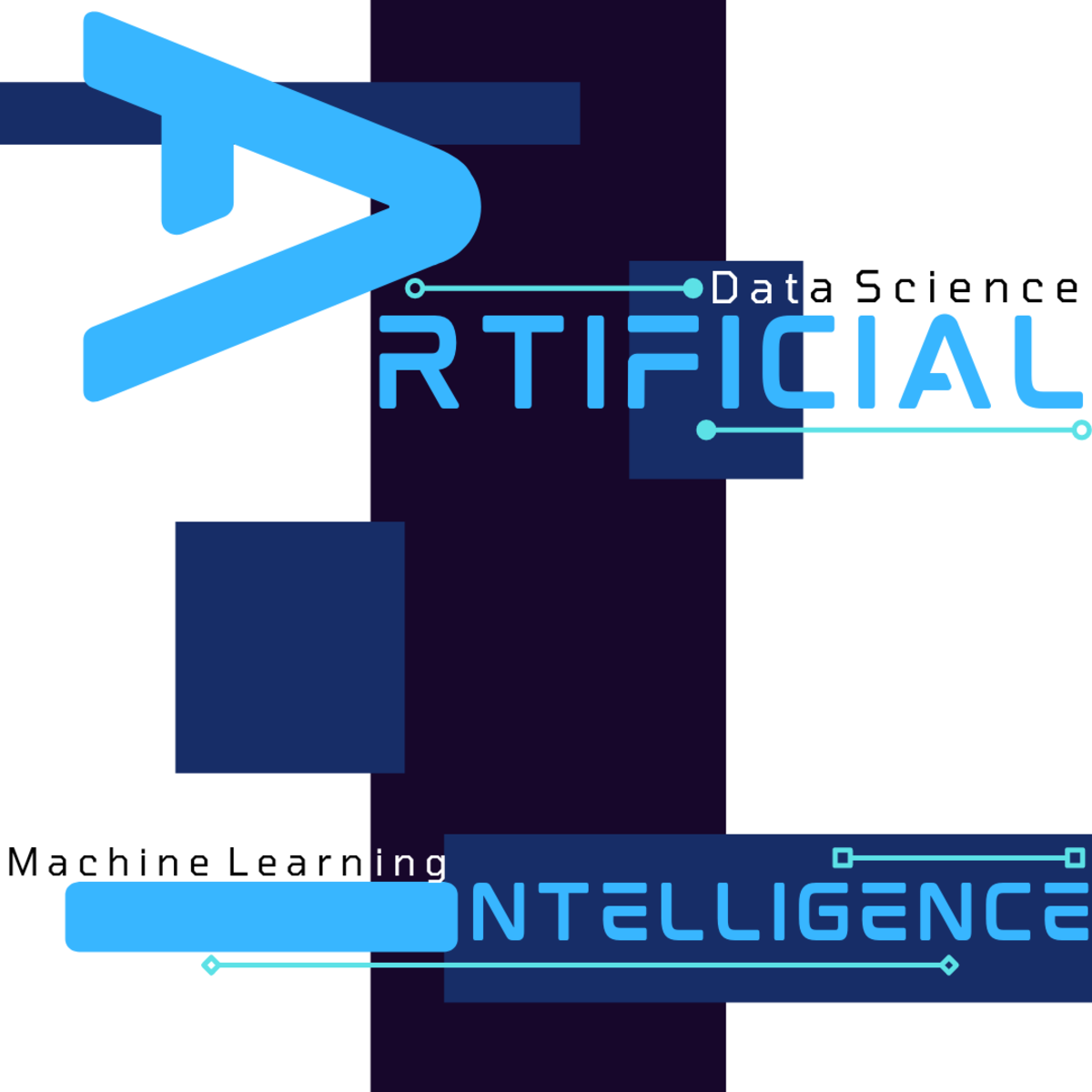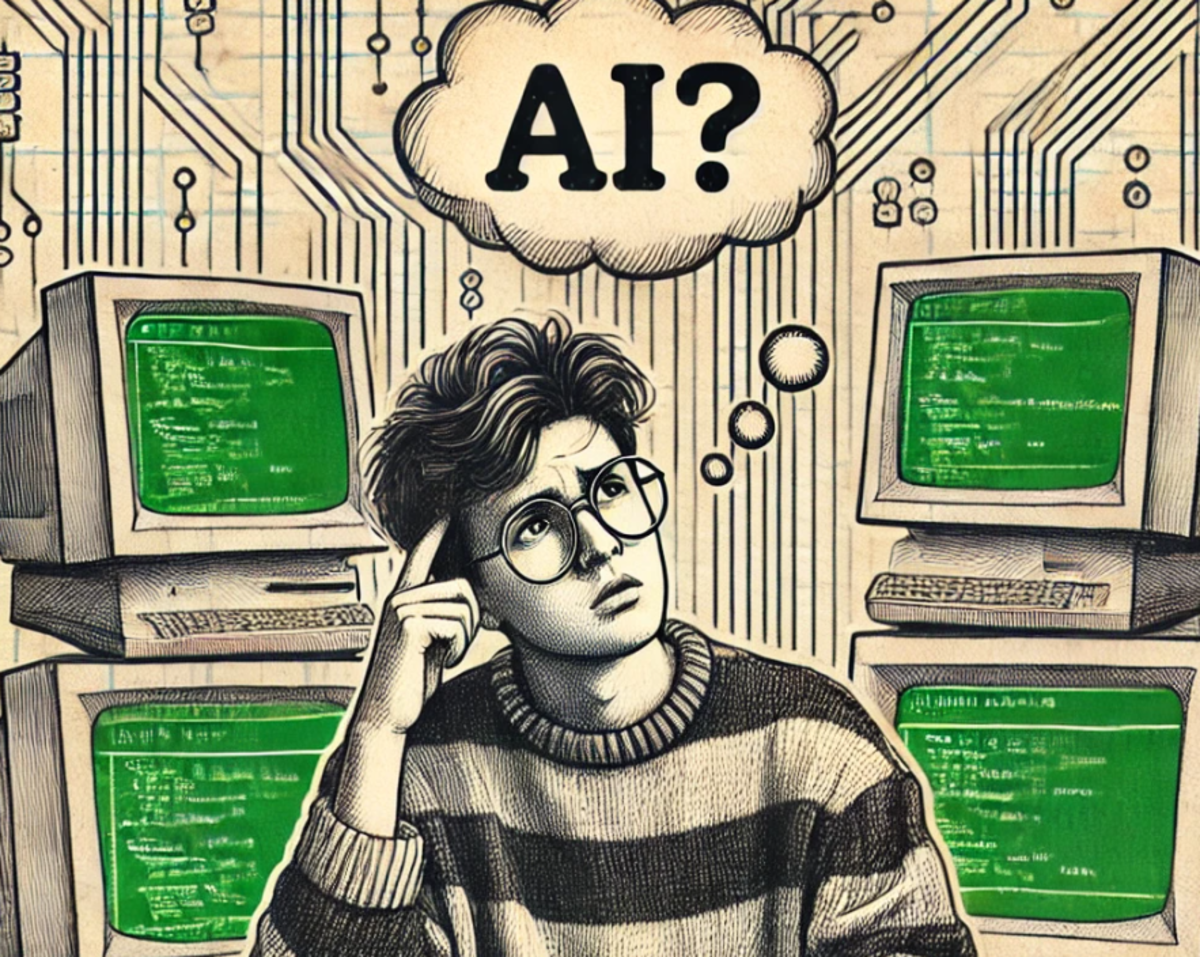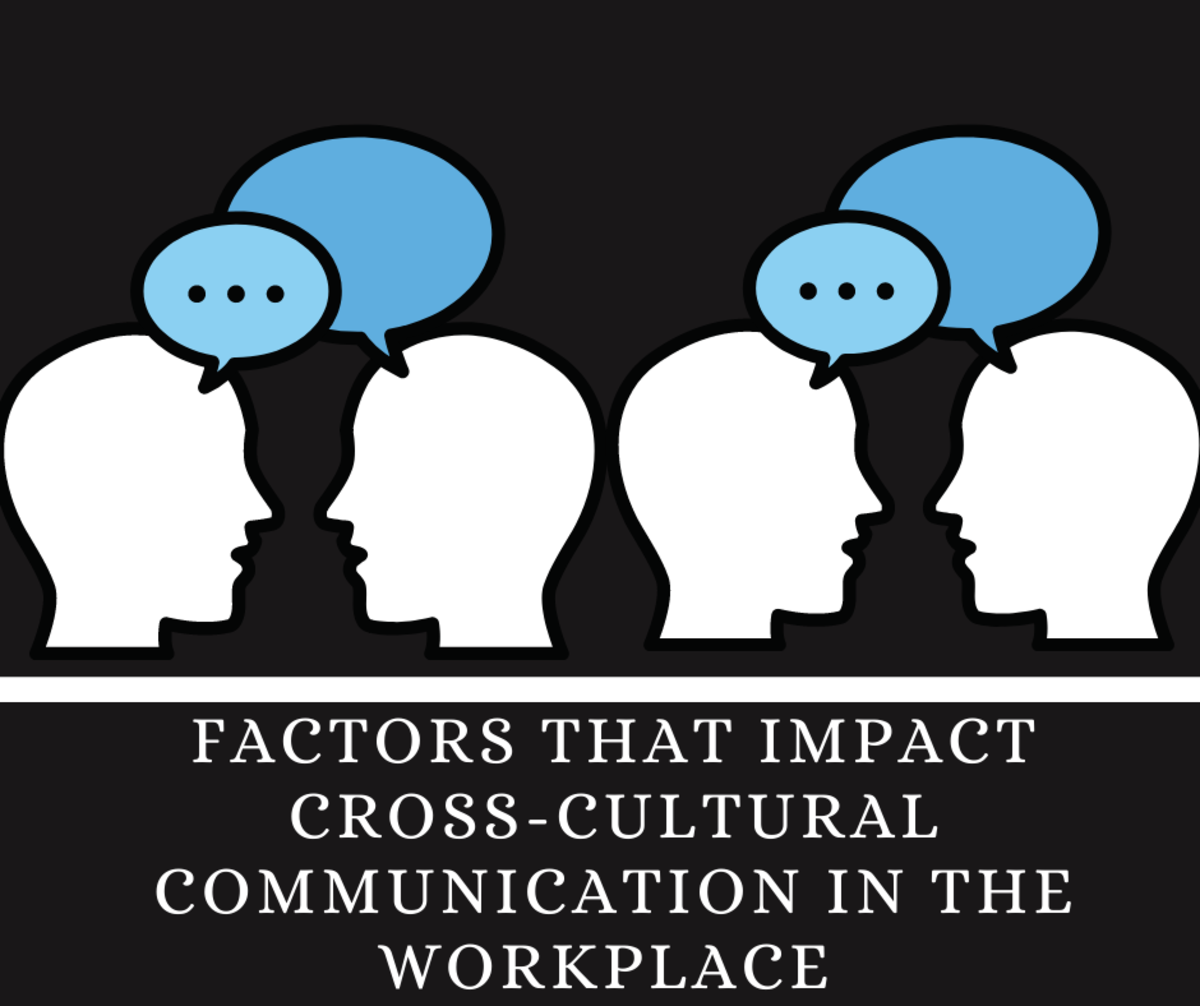How to Future-Proof Your Career Against AI

How to Future-Proof Your Career Against AI (And Why the Broken Leg Problem Matters)
You’ve seen it happen. I know I have. A friend or colleague is suddenly cut loose, their job swallowed up by artificial intelligence. Customer service reps get replaced by chatbots. Retail clerks are pushed aside by self-checkout. Data entry operators are wiped out overnight. If it hasn’t hit your world yet, just wait because it will. The clock is ticking. Are you ready, or will you be caught off guard?
AI dazzles at analyzing patterns. It can spit out emails, debug code, and even crush chess grandmasters. However, life isn’t just patterns. Throw in a curveball—an unexpected crisis, a client switching direction, or a one-off problem with no precedent and AI stumbles. No matter how much historical data you feed into the model, a machine can’t improvise. Humans can.
Psychologists have a name for this kind of blind spot in algorithms: the “broken leg problem.”1 Imagine a model that predicts someone going to the movies every Friday. It works—until they break their leg. Suddenly, all that historical data is meaningless in the face of a clear, objective fact.
A human immediately recognizes the exception that overrides the statistical prediction. That’s the broken leg problem in action. Machines rely on probability whereas humans rely on judgment. Grasping this distinction is essential to building a career AI can’t replace.

Why the Broken Leg Problem Is Your Career Advantage
The “broken leg problem” exposes a hard truth: even the best predictive formulas fail when faced with a rare, unpredictable situation. It’s a stark reminder that mechanical decision tools—predictive algorithms, statistical models, and AI-based forecasting systems—have limits.2
This problem highlights the gap between data-driven forecasts and human judgment. Models can get it right most of the time, yet they stumble when faced with rare, high-impact situations.
Consider corporate downsizing: a model might estimate an employee’s odds of accepting a buyout package, but it cannot account for a sudden divorce or inheritance, health scare, or a shift in family priorities that drives the employee's decision.3 Medicine provides another example. AI can detect common patterns in medical images, sometimes detecting early warning signs that a human might overlook. AI can uncover patterns buried in mountains of data, but only humans catch the unicorn cases that shatter the model. Humans excel in recognizing the exceptions that AI misses.4
The broader lesson:
Rules and statistics are valuable, but not infallible. Context, nuance, and expert judgment allow humans to adapt when the unexpected strikes. These are precisely the abilities that form the foundation of AI-proof careers.
Meanwhile, AI is already rewriting the job market. Global management consulting firm McKinsey & Company estimates that by 2030, up to 30% of U.S. work hours could be automated.5 From generating reports to screening résumés, machines handle tasks that once required human effort.6
But notice the pattern in Table 1 below regarding knowledge, skills, and abilities most vulnerable to AI replacement. AI thrives only where predictability exists. It can draft a standard legal contract, but unusual clauses throw it off. It can scan thousands of medical images, but rare symptom combinations still confound it.7
Humans excel in those unpredictable moments, and that is where your career advantage lies.

Table 1: Knowledge, Skills, and Abilities Most Vulnerable to AI Replacement
Knowledge, Skill, or Ability (KSA)
| Why AI Replaces It
| Example
|
|---|---|---|
Repetitive Process Knowledge
| AI excels at predictable, rule-based patterns
| Data entry, invoice processing
|
Procedural/Technical Skill
| Routine tasks are formulaic
| Scheduling, payroll, standard reporting
|
Pattern Recognition in Structured Data
| AI can detect patterns faster and at scale
| Resume screening, trend charts, basic diagnostics
|
Scripted Communication Skills
| Responses can be automated using chatbots or templates
| Customer service FAQs, standard email responses
|
Basic Analytical Knowledge
| Relies on formulas or standard analysis
| Financial summaries, KPI reports
|
Template-Based Documentation Skills
| AI can generate standard formats
| Standard contracts, NDAs, routine legal drafts
|
Language Translation Ability
| Pattern-based translation effective for common languages
| Translating standard documents or communications
|
Routine Observational / Diagnostic Skills
| AI can handle typical cases
| Medical imaging for common symptom patterns
|
Procedural Compliance / Regulation Knowledge
| Tasks follow explicit rules that AI can replicate
| Tax forms, compliance checklists
|

The knowledge areas, skills, and abilities in Table 1 show where machines already have the upper hand. However, just as important are the areas where humans remain irreplaceable. These are competencies that are rooted in judgment, creativity, and connection. Table 2 highlights the KSAs most resistant to automation.
Table 2: Knowledge, Skills, and Abilities Resistant to AI Replacement
Knowledge, Skill, or Ability (KSA)
| Why Humans Retain the Edge
| Example
|
|---|---|---|
Creative Problem-Solving
| Humans invent solutions AI can’t anticipate.
| Resolving sudden system failures; pivoting a product mid-launch.
|
Critical Thinking
| Humans spot assumptions, gaps, and flaws AI misses.
| Evaluating complex proposals; diagnosing unusual business problems.
|
Emotional Intelligence & Empathy
| Humans read subtle emotions, tone, and context.
| Counseling employees; handling tricky client conversations.
|
Skilled Trades & Real-World Adaptability
| People thrive in unpredictable physical environments.
| Carpentry, plumbing, electrical, HVAC; custom builds; restoring historic sites.
|
Leadership & Influence
| Humans inspire, motivate, and manage social dynamics.
| Leading teams in crises; mentoring; resolving conflicts.
|
Creativity
| Humans can imagine and produce truly original ideas, combining lived experience and cultural context.
| Composing a unique musical score; launching a disruptive product; writing a bestselling novel.
|
Expertise in Rare or Unique Domains
| Humans excel where deep, specialized knowledge is required.
| Rare medical specialties; niche research areas; unprecedented legal scenario.
|
Ethical Judgment & Decision-Making
| Humans weigh nuanced moral, social, and cultural factors.
| Allocating limited resources; resolving complex ethical dilemmas.
|
Human-AI Integration Skills
| Humans guide AI with context and judgment machines lack.
| Prompt engineering; interpreting AI analytics; guiding team decisions.
|

Take Actionable Steps to AI-Proof Your Career
Below are six steps to help AI-proof your career. They are rooted in the knowledge, skills, and abilities that machines can’t replace.
Step 1: Build Skills That Rely on Context
AI can crunch numbers, but it struggles with nuance. No algorithm can pick up on body language, tone, or mood, then adjust, connect, and adapt. Humans can.8
Imagine a nurse on a hospital floor. A monitor shows normal vitals, yet she notices a patient’s pallor and agitation, the subtle cues an algorithm misses. She alerts the doctor, averting a crisis. That’s human context at work.
Actionable steps:
Sharpen skills like negotiation, persuasion, leadership, and empathy. These skills hinge on reading context and adjusting in real time. Take workshops in conflict resolution. Develop active listening skills. Volunteer for high-contact roles where human judgment outweighs checklists.

Step 2: Deepen Expertise, Not Just Experience
Expert judgment shines in high-stakes, one-off scenarios. Autopilot is sophisticated, but when a plane lost both engines after takeoff from LaGuardia in 2009, Captain Chesley “Sully” Sullenberger’s expert judgment landed it safely on the Hudson, saving 155 lives. No algorithm could improvise that.
Actionable steps:
Go beyond competence to mastery, regardless of whether your career is white collar or blue collar. Pursue advanced certifications, niche expertise, or specialized experience where interpretation, improvisation, and decision-making matter. AI can assist but cannot replace seasoned human judgment. Mentor under experts, and seek roles that demand judgment and creative problem-solving rather than repetition.
Step 3: Commit to Lifelong Learning
AI-proofing isn’t about holding your ground—it’s about constant growth. Those who embrace new tools thrive; those who cling to outdated methods fall behind.9
Actionable steps:
Keep upskilling through online courses, certifications, or workshops. Focus on hybrid skills that combine human judgment with AI tools, like project management with automation, or ethics in AI decision-making.

Step 4: Embrace Creativity
AI can remix existing ideas, but originality remains human territory. While it can generate songs or stories based on patterns, it cannot replicate the cultural leaps that gave us punk rock, groundbreaking novels, or viral ad campaigns.10 These come from imagination, lived experience, and cultural context.
Actionable steps:
Cultivate creativity in your career. Take courses in design, storytelling, or innovation, and tackle projects that demand novel approaches. Use AI to enhance your work, but let human imagination lead. Originality remains your competitive edge.

Step 5: Strengthen Ethical and Relational Judgment
Ethical dilemmas and interpersonal complexity expose AI’s blind spots. While a hiring algorithm might suggest the top skill match, AI can’t weigh team chemistry or past behavior, mediate conflict, mentor talent, or build trust.11
Actionable steps:
Invest in ethics and relationships. Step into leadership roles, practice conflict resolution, engage in mentorship, and study ethics in your field or attend leadership workshops. These human-centered skills serve as career shields against AI displacement.

Step 6: Become the Human-AI Bridge
Embracing AI is one of the most effective ways to future-proof your career. Workers who understand both its potential and limits become essential translators between technology and human needs in that they know when to trust it, question it, or override it.12
Actionable steps:
Learn the basics of AI in your field. Gain hands-on experience with prompt engineering, interpreting AI outputs, and guiding team decisions. Cultivating this bridge between humans and machines will increasingly set you apart.

The Future Belongs to the Adaptive
The broken leg problem reminds us that life rarely follows perfect patterns. AI can handle predictable tasks, but it cannot anticipate client reversals, sudden crises, or market shifts. Humans thrive in these unpredictable moments because we can reason, adapt, and make judgment calls.13
To AI-proof your career, lean into strengths only humans bring: adaptability, creativity, judgment, empathy, and ethical reasoning. When life throws a broken leg moment, those who cultivate these skills will keep moving forward—while AI systems remain stuck.

References
1 Meehl, P. E. (1954). Clinical versus statistical prediction: A theoretical analysis and a review of the evidence. University of Minnesota Press.
2 Lipton, Z. C. (2016). The mythos of model interpretability. arXiv preprint arXiv:1606.03490. https://doi.org/10.48550/arXiv.1606.03490
3 Kahneman, D. (2011). Thinking, fast and slow. Farrar, Straus and Giroux.
4 Topol, E. J. (2019). Deep medicine: How artificial intelligence can make healthcare human again. Basic Books.
5 McKinsey & Company. (2023). Generative AI and the future of work in America. McKinsey & Company. https://www.mckinsey.com
6 Brynjolfsson, E., & McAfee, A. (2014). The second machine age: Work, progress, and prosperity in a time of brilliant technologies. W. W. Norton & Company.
7 Brynjolfsson, E., & McAfee, A. (2017). Machine, platform, crowd: Harnessing our digital future. W. W. Norton & Company.
8 Goleman, D. (1995). Emotional intelligence: Why it can matter more than IQ. Bantam Books.
9 Ford, M. (2021). Rule of the robots: How artificial intelligence will transform everything. Basic Books.
10 Florida, R. (2019). The rise of the creative class: Revisited. Basic Books.
11 O’Neil, C. (2016). Weapons of math destruction: How big data increases inequality and threatens democracy. Crown.
12 Davenport, T. H., & Kirby, J. (2016). Only humans need apply: Winners and losers in the age of smart machines. Harper Business.
13 Brynjolfsson, E., Rock, D., & Syverson, C. (2018). Artificial intelligence and the modern productivity paradox: A clash of expectations and statistics. In A. Agrawal, J. Gans, & A. Goldfarb (Eds.), The economics of artificial intelligence: An agenda (pp. 23–57). University of Chicago Press.

Table 3: Most At-Risk Job Categories in the Age of AI
Job Category
| AI Vulnerability
| Why It’s at Risk
|
|---|---|---|
Data Entry Clerks
| Very High
| Repetitive and rules-based tasks are easily automated.
|
Customer Support Agents
| High
| AI chatbots can handle FAQs and simple troubleshooting.
|
Retail Cashiers
| High
| Self-checkout systems and mobile payments reduce demand.
|
Paralegals & Legal Aides
| Moderate–High
| Document review and contract drafting increasingly automated.
|
Radiologists
| Moderate
| AI excels at image recognition, though human oversight remains crucial.
|
Financial Analysts
| Moderate
| Predictive models handle pattern recognition, but context and judgment still require humans.
|

Table 4: Most Secure Job Categories in the Age of AI
Job Category
| AI Vulnerability
| Why It’s Secure
|
|---|---|---|
Psychologists & Therapists
| Very Low
| Relies on deep human empathy, ethics, and trust.
|
Skilled Trades (Electricians, Plumbers)
| Low
| Demands hands-on expertise and unpredictable problem-solving.
|
Teachers & Educators
| Low
| Learning is social, relational, and adaptive to student needs.
|
Medical Professionals (Physicians, Nurses)
| Low
| Requires physical presence, nuanced decision-making, and bedside manner.
|
Creative Professionals (Writers, Designers, Filmmakers—Original & Culturally Informed Work)
| Low
| Innovation, storytelling, and cultural relevance resist automation.
|
Managers & Leaders
| Low
| Complex human dynamics and leadership vision remain uniquely human.
|
© 2025 Elaina Baker








